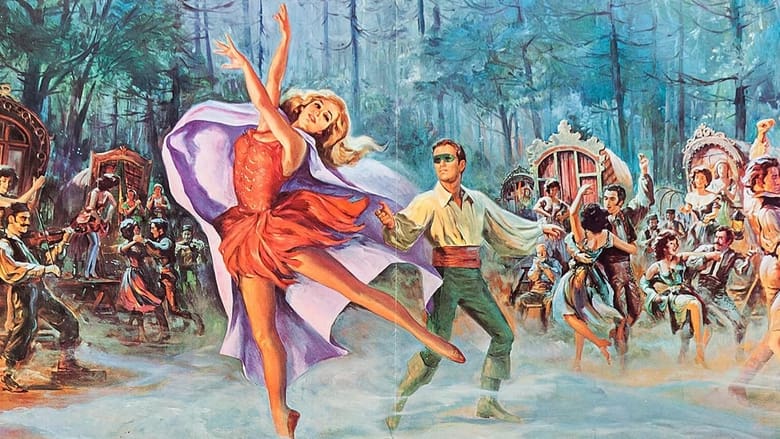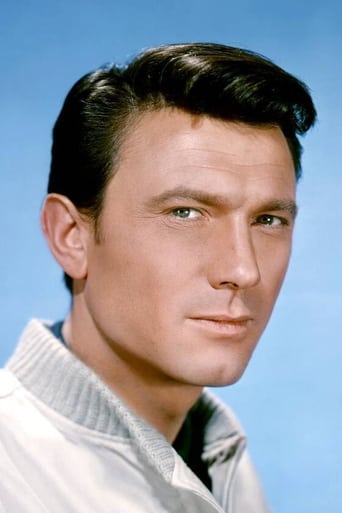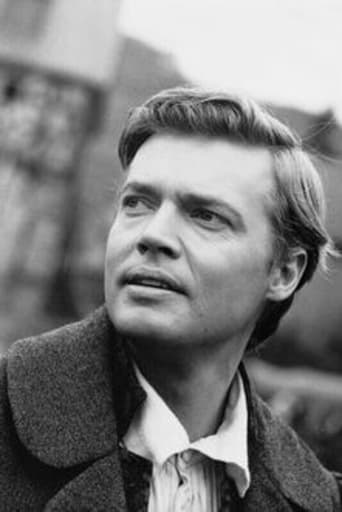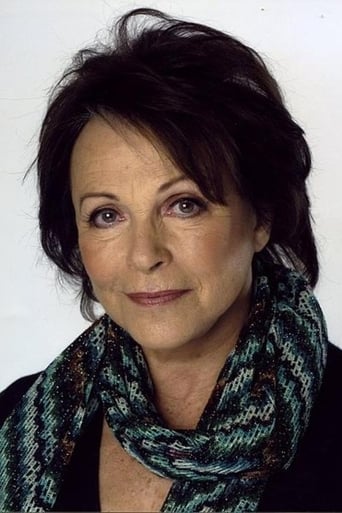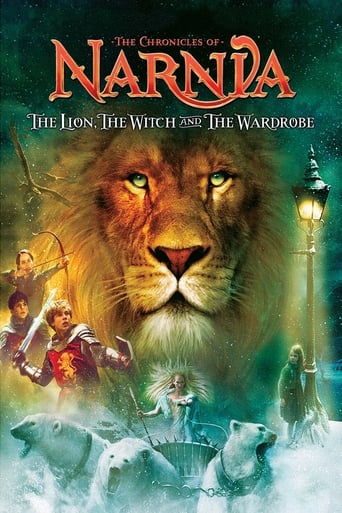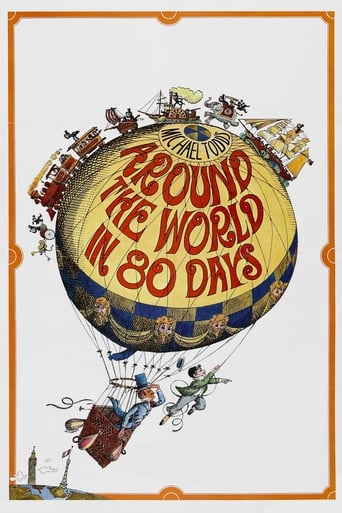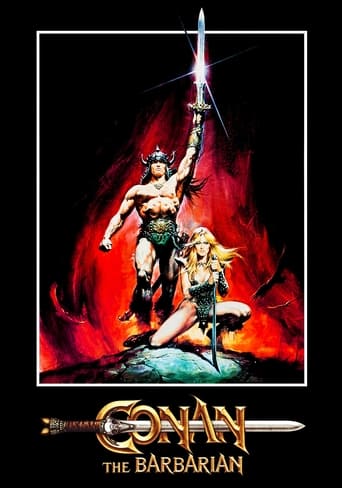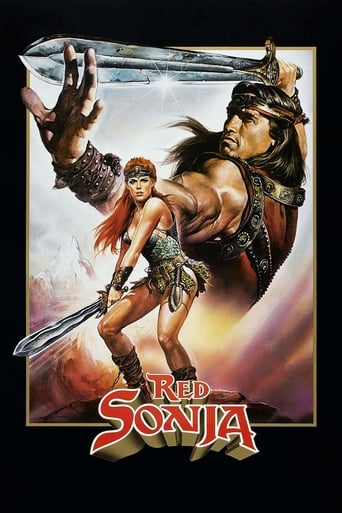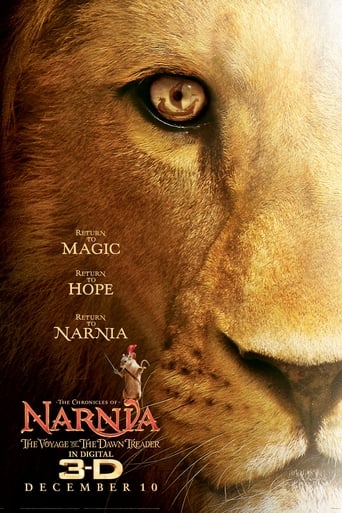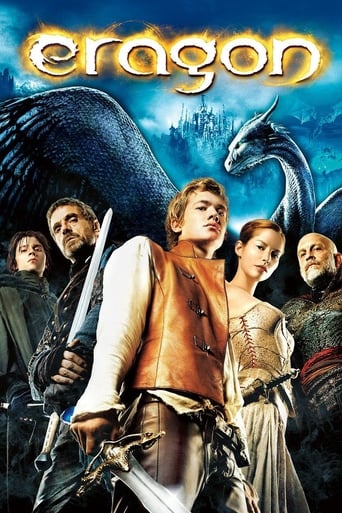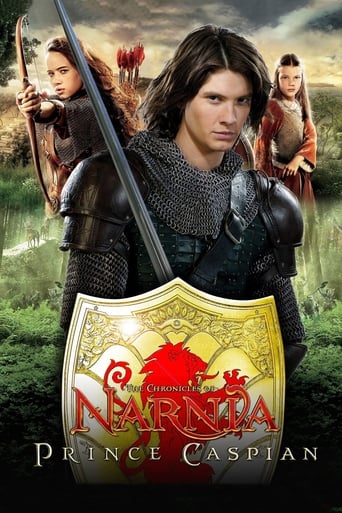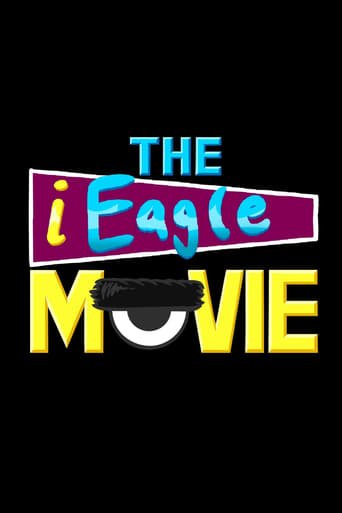The Wonderful World of the Brothers Grimm (1962)
The Grimm brothers Wilhelm and Jacob, known for their literary works in the nineteenth century, have their lives dramatized. Wilhelm fights to write something entertaining amongst the sea of dry, non-fiction books they write and he sets about collecting oral-tradition fairy tales to put into print. Their life story is countered with reenactments of three of their stories including "The Dancing Princess," "The Cobbler and the Elves" and "The Singing Bone."
Watch Trailer
Free Trial Channels
Cast


Similar titles
Reviews
Better Late Then Never
The plot isn't so bad, but the pace of storytelling is too slow which makes people bored. Certain moments are so obvious and unnecessary for the main plot. I would've fast-forwarded those moments if it was an online streaming. The ending looks like implying a sequel, not sure if this movie will get one
Blistering performances.
A clunky actioner with a handful of cool moments.
Co-directed by Henry Levin and producer George Pal, this average biographical fantasy won an Oscar for Best Costume Design and was nominated for Color Art Direction-Set Decoration and Cinematography, and Score. The film was made using the three projector Cinerama process, which loses something in the translation to a television set, even in letterbox format. One can clearly see the seams between the three screens in most shots and even some tinting differences in a few scenes ("The Singing Bone" sequence being the most obvious). There is also the effect where persons in the outer thirds appear larger than their peers in the middle of the same frame. Though it must have been something to see in the theater, the effects used give the audience a "ride" or a sense of motion (most notably in "The Dancing Princess" sequence), these scenes fall flat without a 25 foot radius rounded screen.As for the film's story, the biography is centered around the brothers Grimm, the "big kid" family man Wilhelm (Laurence Harvey) and the more serious bachelor Jacob (Karlheinz Böhm). While both are working on an historical account of the local Duke's (Oscar Homolka; his manservant Gruber is played by Ian Wolfe) family history, Wilhelm keeps trying to convince his brother that they should be capturing children's stories they hear for future generations, before they're lost forever. Additionally, he and bookstore owner Stossel (Walter Slezak) play matchmaker for the preoccupied Jacob with Greta Heinrich (Barbara Eden); Wilhelm's wife Dorothea is played by Claire Bloom. During the course of this backdrop story, Wilhelm tells (to children such as his own) or hears (from an old woman played by Martita Hunt) of these fairy tales:The Dancing Princess story is about a King (Jim Backus) that wants to know what his daughter (Yvette Mimieux) is doing every night to wear out her shoes. He can't find out because she's been drugging the men, who've been promised her hand in marriage if they can, before she goes out. Enter the Woodsman (Russ Tamblyn), who's been given a special invisibility cloak by the Gypsy (Beulah Bondi). Naturally, given Tamblyn's talents, the Princess has been sneaking out to dance the night away with other gypsies. Utilizing the cloak, the Woodsman is able to follow her, then appear & dance his way into her heart (wearing a mask), and ultimately win the Princess per the King's promise and (mask-less) even her approval.The Cobbler (also played by Harvey, in makeup that makes him look like Pinocchio's Geppetto) and the Elves story is a touching one about the harried craftsman who's working to complete toy elves for the poor children across the street in time for Christmas. This necessitates neglecting his regular work and jeopardizes his chances of finishing the shoes of several impatient customers (Walter Brooke, Sandra Gale Bettin, and Robert Foulk) in time for the Prime Minister's (Clinton Sundberg) party. However, when he goes to sleep on Christmas Eve, the elves come to life and finish the shoes for him. David Pal's special effects are above average.The Singing Bone story includes a fire breathing dragon that so terrorizes his country that the King (Otto Kruger) promises to give half of his kingdom to the person that slays it. Bumbling knight Ludwig (Terry-Thomas) and his ill-treated, yet resourceful humble servant Hans (Buddy Hackett) set about to do just that, where others have failed. Long scenes sporting inferior (dragon) special effects finally produce the predicted results, the dragon is killed, but with an unexpected outcome, Hans did it. But before they return to the King with the dragon's head, Ludwig kills Hans to ensure credit for himself. However, a year later, a shepherd (Robert Crawford Jr.) finds a bone on Hans's grave which "tells" the truth of what happened. Sydney Smith narrates. Ludwig gets his comeuppance as Hans reappears before the King.While Wilhelm hears the old woman tell this last story, he not only loses the manuscript of the Duke's family history, but he nearly catches his death of cold. Greta leaves for her home country of Germany when Jacob chooses to support his brother's family in their poverty, caused by the loss of their job for the Duke, in lieu of marrying her. Delirious during his recovery, Wilhelm is visited (dream sequence) by many of the more famous characters from fairy tales who urge him to write them down lest they disappear forever. Arnold Stang plays Rumpelstiltskin. Of course, he recovers and, while Jacob continues to write such thrillers as "Legal History", Wilhelm cranks out book after book of these children's stories. In the end, Jacob is honored with literary honors in Germany. While he's "reunited" with Greta, Wilhelm receives a welcome greeting from hundreds of German children shouting "tell us a story", which naturally he begins with "once upon a time" before the film fades to black.
This is a well made entertaining little movie, told in a wonderful fairytale kind of way and with a great atmosphere, that makes you feel like a child again.This movie had all the potential to become a real great and classic children movie but unfortunately the movie makes some bad choices. The movie can be seen as 4 in one. It features 3 told fairy tales and then there is the storyline regarding the brothers Grimm themselves. The whole story of the brother Grimm is perhaps not the most interesting told one (especially not for children) and its not as wonderful and fairytale like as the actual fairy tales told in this movie. And the brothers Grimm have written some of the most marvelous and best known fairy tales but yet this movie decides to use some lesser known and less great fairy tales ('The Dancing Princess', 'The Cobbler and the Elves' and 'The Singing Bone'). In my opinion it makes the movie a bit of a missed opportunity. It's not a bad movie now but the whole movie gave the feeling it all could had been more entertaining, humorous filled and a bit shorter. The movie had easily could and also should had ended 15 minutes earlier. The movie now needlessly goes on for too long.The fairy tales are definitely the best told parts of the movie. They flow well, have a fun feeling and atmosphere all over it and all makes you forget your worries for a while. It's kept all perfectly childish and it ensures that it never ever becomes too scary for the young ones.The movie is filled with some wonderful and lovable characters and they're being played by some good actors. Laurence Harvey and Karlheinz Böhm aren't really believable as brothers, mostly because of their looks and very different accent of course but they're still of course good actors. Some supporting roles are there for Terry-Thomas, Buddy Hackett and Billy Barty among others.The movie was made filmed in 3-camera Cinerama. Cinerama is the trademarked name for a widescreen process which works by simultaneously projecting images from three synchronized 35 mm projectors onto a huge, deeply-curved screen. So a technique that works only in cinemas. On the small screen it just doesn't look good and it looks like the images on screen are cut in 3 parts but back then movies just weren't made for home release of course. The movie is good looking. Deliberately campy with its fairytale sequences and good and realistic in its 'real world' sequences. The sets are all nice (Oscar-nom) and so are the costumes (Oscar-win). The stop-motion effects in the movie are all fair looking but it's nothing too impressive really. Wasn't Ray Harryhausen available for this movie?Good entertainment, for the whole family.7/10http://bobafett1138.blogspot.com/
I recently came upon this on TCM and had to watch it again because this was one of the richly-shot, well-acted, imaginative fairy-tale films that captured my young imagination and really never left me - seeing Russ Tamblyn, Buddy Hackett, the marvelous Terry-Thomas - it was like meeting old friends again. For all the reputation of Laurence Harvey as a cold, aloof actor, he was thoroughly convincing as the brother obsessed with fairy stories. My favourite scenes are still those at the witch's house and like the other reviewer, the eerie bone-flute song - that still thrilled me. I remembered most of the words to that song, oddly enough! It was a wonderful kid's film and even after forty years, its charm still captures me. It was innocent stuff like this that encouraged my reading (much like Harry Potter does for young fans today) and put me on the road to a BA Honours in English Literature decades later. Never underestimate films or more importantly, the power of the written word to inspire and motivate. Highly recommended.
Of this film's three re-enacted fairy tales, I can recall the first segment's carriage ride and the third segment's dragon cave from when I was little kid, and I remember loving those parts. Over the decades, I have tried to figure out which movie had those sequences, but without success. Finally I happened across this video tape in the library, and my eyes probably popped out of my head! The librarian gave me a look that said, "Aren't you a little old for this movie?".Having watched it now, I am impressed by the extensive use of wonderful German locations, including Neuschwanstein Castle, Rothenburg, and so on. The stop motion animation is a bit cheesy, but in many ways is really very well choreographed...live actors move convincingly around the animated characters. I also wonder what technique was used for the magic cloak of invisibility in the first segment, it looks pretty good.It seems that only the pan-and-scan version is available on video at this time, and the version I saw had a noticeable pair of vertical lines on either side of the image; I had not realized that the original film was in Cinerama with it's three screen projection - I suppose that those lines are the places where the outer two images merge with the center image. I wonder if they were as visible when viewed on the big screen? Still, there are many good things about this movie, and if one were to edit out just the fairy tale segments to another video, it would be worthwhile for kids.


